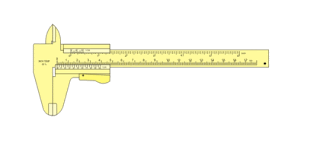Observing and Recording(Part 2)
This is the continued version of the previous practical.
In this experiment, we learned more about thermometers and how to record data as line graphs.
Thermometers: An apparatus used to measure temperature in degree Celsius. In school laboratories, the liquid inside the thermometer is usually alcohol with red dye added. Thermometers are made from glass and hence can be broken easily. Therefore, we should not put the thermometer on a surface where it could roll off easily. If the liquid in the thermometer is not alcohol, and instead a silver-coloured substance mercury, you have to take extra precautions as mercury is a poisonous substance.
Experiment Procedure:
In this experiment, we heated up liquid in a beaker again. However, this time the task was altered, we also had to record the temperature of the water and plot a line graph to show the changes in temperature of the water. The steps for successful completion of the experiment are below:
1. Set up the apparatus.(Retort stand placed on a heatproof mat holding on to a thermometer which is placed in a beaker of water on a gauze mat over the tripod stand. The bunsen burner should be under the middle of the gauze mat which is being supported by the tripod stand.
2. Use a 100ml measuring cylinder to measure 100ml of water and pour it into the beaker, and make sure the water does not splash.
3. After a minute or two, measure the temperature of the water. This will be your starting point of the line graph (time is 0min, temperature is whatever temperature is shown on the thermometer).
4. Light the bunsen burner using the correct procedure that has been taught to produce a non-luminous flame (blue flame).
5. Once the fire starts, start timing and record the temperature quickly every minute for 10 minutes.
6. After 10 minutes, switch off the gas tap. Wait a few minutes for the apparatus to cool before keeping them away.
*Remember to put on your safety goggles!*
Questions that the practical answered for me:
1. What are the measurements we have just done for?
A: This measurements are data.
2. What is the data for?
A: To chart the temperature of the water over time.
3. How should we display our data?
A: Graphs are very useful in presenting data.
4. What graph would be appropriate for this data we have recorded?
A: A line graph would be the best as the temperature of the water increased gradually.
*This practical teaches us how to draw a line graph, which is very important*













